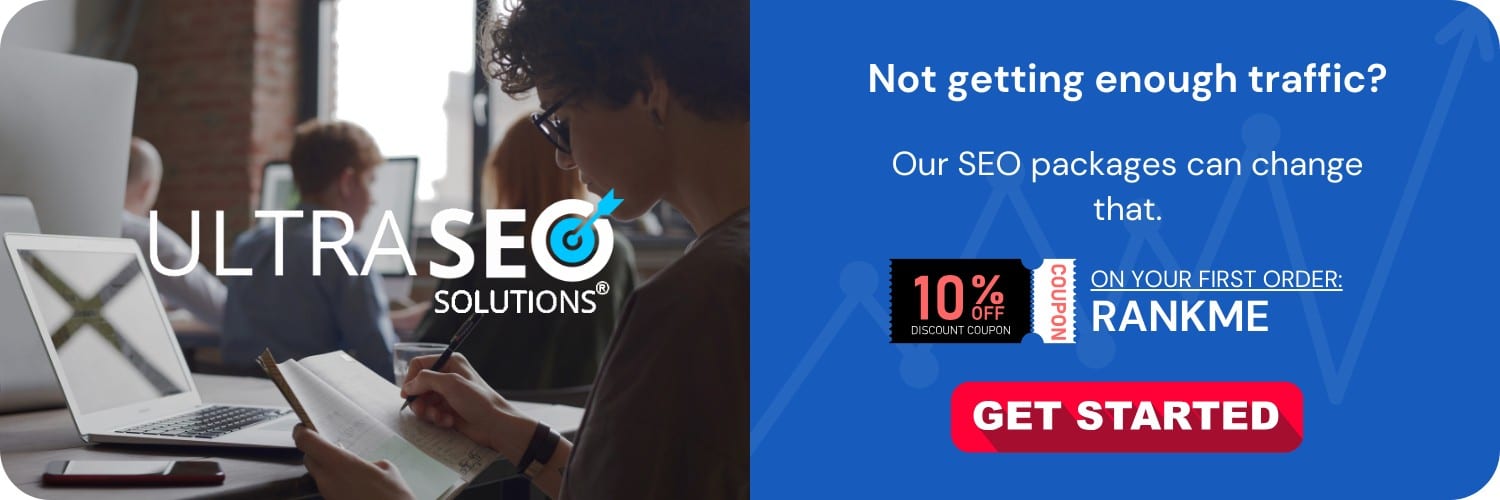
Web 2.0 SEO refers to optimization strategies that leverage the capabilities and features of Web 2.0 platforms — essentially, the second generation of the internet, characterized by greater user interactivity and collaboration, more pervasive network connectivity, and enhanced communication channels. Web 2.0 websites allow users to create, share, collaborate, and communicate their content with others, which is a goldmine for SEO specialists looking to enhance the visibility and outreach of their content.
The Evolution of Web 2.0 and Its Impact on SEO
The advent of Web 2.0 marked a transformation from static web pages of the earlier Web 1.0 era to dynamic and social environments. This progression has been significantly beneficial for SEO practitioners. Websites like blogs, social networking sites, wikis, and video sharing platforms are all parts of Web 2.0. They create an ecosystem where content is continually created, linked, shared, and commented upon. Such characteristics of Web 2.0 websites provide SEO professionals with numerous opportunities to boost a website’s search engine rankings. By leveraging user-generated content, fostering community engagement, and creating a web of interlinked content, SEO professionals can optimize for search engines in a more organic and effective manner.
The Power of User-Generated Content
User-generated content (UGC) is the cornerstone of Web 2.0, and it has profound implications for SEO. UGC, which includes blog comments, forum posts, user reviews, and social media interactions, produces fresh and often keyword-rich content that is favored by search engines. By encouraging UGC, websites become living entities with constant updates that signal relevance to search engines.
Web 2.0 Sites as SEO Platforms
Web 2.0 platforms such as Medium, WordPress.com, and Blogger offer users the ability to publish content free of charge, offering valuable spaces for SEO campaigns. These platforms have high domain authority, which means that content posted there has a greater chance of ranking well in search engine results pages (SERPs). Moreover, integrating multimedia, such as images and videos, which are key elements of Web 2.0, can significantly enhance user engagement and SEO.
Engagement via Social Media
Social media platforms are considered integral components of Web 2.0 SEO. Search engines are increasingly factoring in social signals such as likes, shares, and comments into their algorithms. SEO strategies have hence evolved to include social media activity, from optimizing profiles to curating shareable content, as a means to improve online visibility and brand recognition.
Implementing Web 2.0 SEO in Marketing Strategies
Implementing Web 2.0 SEO requires an understanding of the communal nature of these platforms and a strategic approach to content generation and distribution. Instead of merely incorporating keywords and backlinks, today’s SEO strategies must be grounded in creating value for communities and fostering engagement.
Creating High-Quality, Engaging Content
The core of any successful Web 2.0 SEO strategy is the creation and distribution of high-quality and engaging content. Content needs to resonate with the target audience, encouraging them to interact with and share the content. This can range from informative blog posts to captivating videos, all created with the aim of attracting and retaining the attention of viewers.
Building Relationships with Influencers
In the world of Web 2.0, building relationships with influencers who can amplify your content is crucial. By engaging with influencers in your niche, you can tap into their follower base, increase your content’s reach, and build valuable backlinks to your site. This is a natural way to boost your website’s authority and search engine rankings.
Leveraging Social Bookmarking and Tagging
Social bookmarking sites (like Reddit, Digg, and StumbleUpon) and tagging systems offer excellent opportunities to disseminate content to niche communities and gather backlinks. They are platforms where users can save links to web pages that they want to remember or share. When you successfully get your content bookmarked, you’re likely to draw more traffic and interest to your pages.
Fostering Community Engagement
For Web 2.0 SEO, community engagement is more than just a buzzword. It’s about genuine participation in discussions, responding to comments, and being part of the conversation on various platforms. Through engagement, not only do you build a community around your brand, but you also encourage the creation of UGC which, as mentioned previously, can significantly boost your SEO efforts.
Best Practices for Web 2.0 SEO
Adhering to some best practices for Web 2.0 SEO can help improve the effectiveness of your campaign.
Provide Value and Be Authentic
The most important principle of Web 2.0 SEO is to provide genuine value to users. Instead of focusing solely on search engines, create content that speaks to your audience’s needs and interests. Authenticity leads to more meaningful interactions and ultimately better SEO outcomes.
Encourage Interaction and Collaboration
Encouraging interaction on your Web 2.0 properties not only builds community but also contributes positively to SEO. Collaboration can mean anything from guest posting on relevant blogs to creating joint content projects with other users or brands.
Maintain a Consistent Brand Voice
Your brand voice should be consistent across all Web 2.0 platforms. Consistency will help in building a recognizable brand identity and contribute to a positive user experience, which search engines view favorably.
Monitor Performance and Adapt
With any SEO strategy, it’s essential to monitor performance through analytics tools and adapt accordingly. Understanding how your content performs on different Web 2.0 sites will allow you to refine your approach and focus on the most beneficial tactics.
Interlink Your Web 2.0 Sites
Interlinking between your own Web 2.0 sites, as well as with your main website, can be an effective SEO tactic. It helps in distributing link equity and can guide users through your web ecosystem, increasing overall engagement and visibility.
Update Regularly
Lastly, the dynamic environment of Web 2.0 demands regular updates. Fresh content is key to maintain user interest and to signal activity to search engines, which can have a positive effect on your SEO efforts.
Finishing Thoughts
Web 2.0 SEO encompasses a set of techniques that go beyond traditional optimization by incorporating the social, collaborative, and interactive nature of the modern web. Whether it’s by crafting compelling content that encourages user engagement or by strategically utilizing social media signals and influencer partnerships, the goal of Web 2.0 SEO is to not only rank higher in search results but to foster an authentic and vibrant online presence. By focusing on value, authenticity, and community, you can leverage the full potential of Web 2.0 platforms to achieve your SEO objectives.
Frequently Asked Questions
What is Web 2.0 in SEO?
Web 2.0 in SEO refers to the use of web platforms that allow user-generated content, interactivity, and collaboration to create backlinks and content for Search Engine Optimization purposes. Examples include blogs, social networking sites, video sharing platforms, and wikis.
How do Web 2.0 sites benefit SEO?
Web 2.0 sites can benefit SEO by providing platforms to publish relevant content that can link back to your main website, thus increasing your backlink profile and potentially your search engine rankings. Moreover, they foster social engagement and content sharing, which can amplify your online visibility.
Is Web 2.0 SEO considered a black hat technique?
No, Web 2.0 SEO is not inherently a black hat technique. However, it can be considered spammy or black hat if used dishonestly or manipulatively, such as creating low-quality content or building inauthentic backlinks solely for the purpose of gaming search rankings.
Can Web 2.0 properties be used for link building?
Yes, Web 2.0 properties can be effectively used for link building. By creating high-quality content and engaging with the community on these sites, you can create backlinks to your main site that can help boost your SEO efforts.
What are some examples of Web 2.0 properties?
Some common examples of Web 2.0 properties include WordPress, Blogger, Medium, Tumblr, Reddit, LinkedIn, YouTube, and Pinterest.
How often should I post content to Web 2.0 sites for SEO?
The frequency of posting can vary based on your strategy and resources, but it’s important to maintain a consistent schedule. Whether that’s daily, weekly, or monthly, consistency is key to building an audience and improving your SEO.
Should I use the same content on my main site and Web 2.0 sites?
No, it is not recommended to use the exact same content on your main site and Web 2.0 sites as this can result in duplicate content issues. Instead, create unique, valuable content tailored to each platform while ensuring it’s relevant to your main site’s niche.
How do I optimize my Web 2.0 pages for search engines?
To optimize your Web 2.0 pages, focus on creating high-quality content, use relevant keywords judiciously, ensure proper use of tags and categories, engage with the community, and maintain a respectable amount of activity on the platform.
Can I control the PageRank of my Web 2.0 properties?
While you can’t directly control the PageRank of your Web 2.0 properties, you can influence it by building strong content, having an active presence, and earning backlinks from reputable sources.
Are there any risks associated with Web 2.0 SEO?
There are some risks associated with Web 2.0 SEO, such as the creation of low-quality content, spam-like behavior, or getting penalized by search engines for manipulative practices. It’s important to follow best practices and focus on providing value to users.






